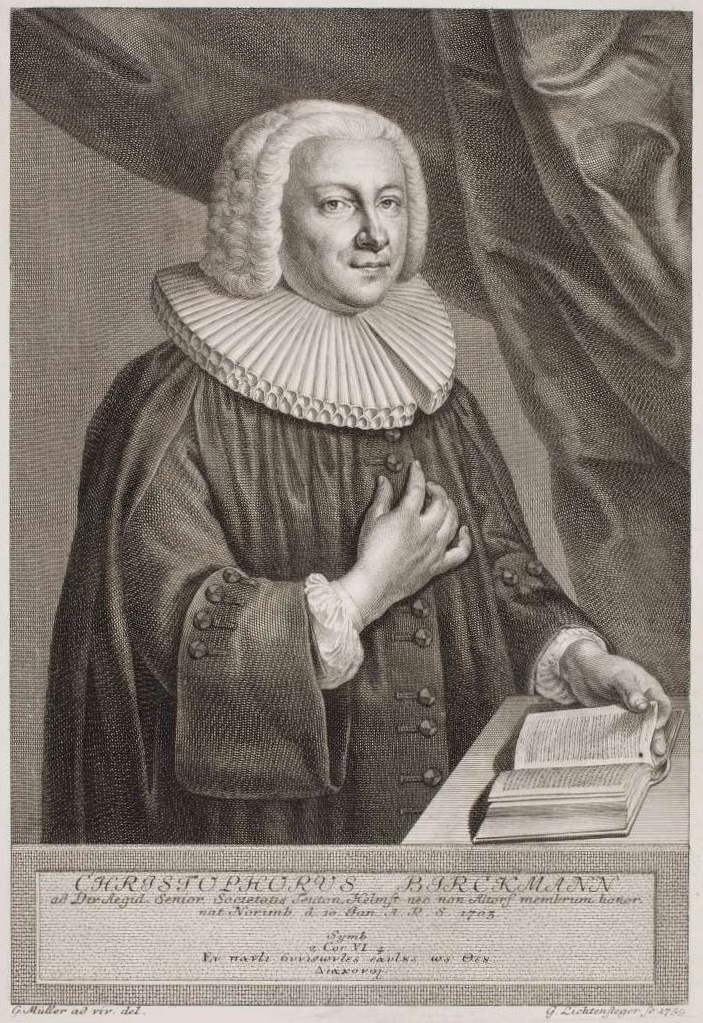This cantata is one of three composed by Bach with the same title. Although this is the first in catalog order, chronologically it is the second. It corresponds to the 21st Sunday after Trinity and was premiered on November 10, 1726. BWV 99 was composed first (1724) and the third one is BWV 100 (1734).
The readings for this Sunday focus on the concept of support and trust in God. The epistle elaborates a metaphor relative to God as armor in the fight against “invisible enemies” (Ephesians 6: 10-17), and the gospel recounts a miracle of Jesus who heals the son of an officer in Galilee (John 4: 46-54).
The libretto is probably by Christoph Birkmann, a theology student in Leipzig who was a student of a friend of Bach’s. It does not contain direct references to the readings, although the concept of “protection” is mentioned in the last movement.
The first movement is the first stanza of a poem by Samuel Rodigast (1674), also used in cantatas 99 and 100 (in the latter, in its entirety). The text is enunciated by the choir line by line, with instrumental interludes by the orchestra with a leading role of the first violins.
The second movement, a recitative for tenor, begins with a plea for help in the face of torment, sorrow, and anxiety. The musical line illustrates these concepts with wide, awkward intervals, which disappear towards the end as the believer places his trust in God.
An aria for soprano with solo oboe comes next, in which the text expresses the search for consolation. The oboe illustrates the tears with descending pairs of notes, and in the second part a triplet motif appears on the vocal line to represent the living God.
The contralto recitative that follows reinforces the support the believer receives from God (“knock, and God will open the door,” a reference to the Sermon on the Mount).
Instead of the customary closing chorale, Bach ends the cantata with an aria for bass, with the violins accompanying in unison. The text opens with the first line of Christian Keymann’s 1658 chorale, and Bach bases the melody for the voice on the traditional tune of the hymn.
